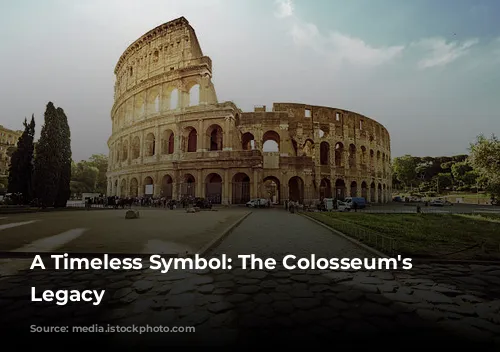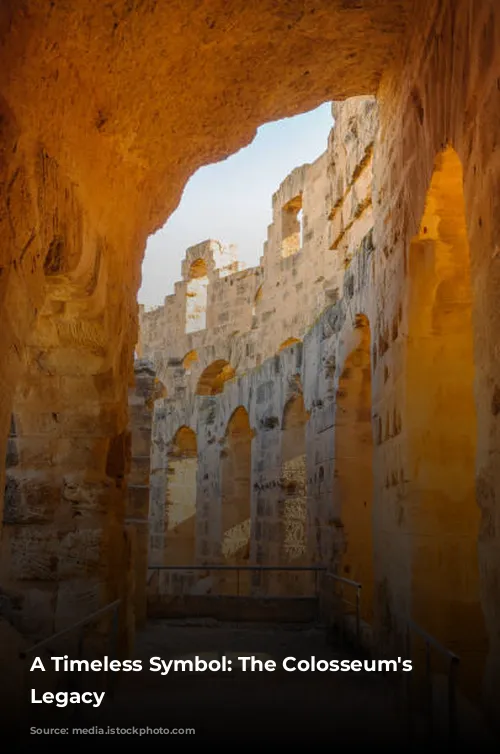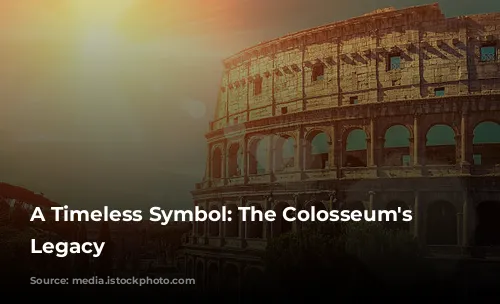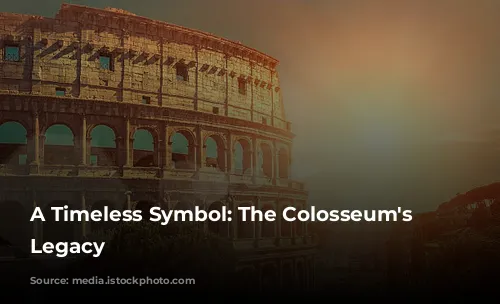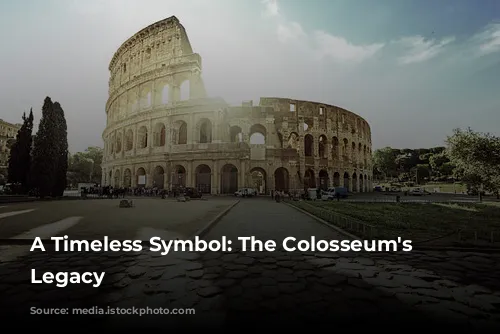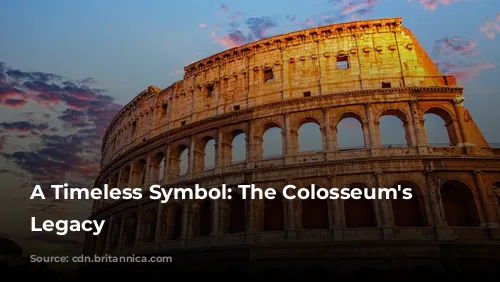The Colosseum stands as a powerful testament to the architectural brilliance and engineering prowess of the Roman Empire. This colossal amphitheater, one of the few largely intact structures from that era, remains a captivating marvel, drawing millions of tourists each year. Beyond its historical significance, the Colosseum is a vital source of revenue for the Italian government, generating over $63.3 million (€53.8 million) in 2018, solidifying its place as the most popular tourist attraction in Italy.
From Glory to Neglect and Restoration
The Colosseum’s grandeur, however, faced a period of decline after the fall of the Western Roman Empire. During the 12th century, the structure became a fortified stronghold for the Frangipane and Annibaldi families, marking a significant shift from its original purpose. In the late 15th century, Pope Alexander VI sanctioned the Colosseum’s use as a quarry, further exacerbating its decay. After over a thousand years of neglect, the Italian government initiated state-funded restoration efforts in the 1990s, a testament to their commitment to preserving this iconic landmark.
A Celebration of Power and Entertainment
The Colosseum was envisioned as a grand celebration of Roman power, commissioned by Emperor Vespasian in the wake of the turbulent year of the “Four Emperors” in 69 CE. The emperor, like his predecessors, saw the Colosseum as an entertainment venue, designed to captivate the Roman public with gladiator combats, animal hunts, and even simulated naval battles.
A Monument Built by Blood and Plunder
The construction of the Colosseum began under Vespasian between 70 and 72 CE, with the completed structure dedicated in 80 CE by his son and successor, Titus. The Colosseum’s fourth story was added by the emperor Domitian in 82 CE. However, the grandeur of the Colosseum was built on a foundation of tragedy, funded with plunder from the sack of Jerusalem in 70 CE and constructed by enslaved Jews from Judaea. This stark reality casts a shadow over the Colosseum’s historical significance, reminding us of the complex and often brutal realities of ancient Rome.
An Engineering Masterpiece
The Colosseum, also known as the Flavian Amphitheatre, is a monumental elliptical structure built with stone, concrete, and tuff, reaching a height of four stories. It stands as a testament to Roman engineering, spanning 620 by 513 feet (189 by 156 meters) and capable of accommodating up to 50,000 spectators. The Colosseum’s fame is forever linked to the gladiatorial combats it hosted, bringing the thrilling spectacle of ancient Rome to life for thousands of onlookers.

A Symbol of Power and Public Entertainment
Located just east of the Palatine Hill, on the grounds of Nero’s Golden House, the Colosseum stands as a bold statement. The artificial lake, once the centerpiece of Nero’s opulent palace, was drained to make way for this grand amphitheater. This symbolic replacement reflected Vespasian’s intent to replace the tyrannical emperor’s private luxury with a public spectacle, a monument for the Roman people, capable of hosting tens of thousands.

A Masterclass in Architectural Design
The Colosseum’s design was innovative for its time. Unlike earlier amphitheaters carved into hillsides for support, the Colosseum is a freestanding structure of stone and concrete, relying on a complex system of barrel vaults and groin vaults. Its three lower stories are adorned with arched arcades, each framed by engaged columns in the Doric, Ionic, and Corinthian orders, showcasing the progression of architectural styles. This rising arrangement of columns later became the basis for the Renaissance codification known as the assemblage of orders. The Colosseum’s impressive facade is made of travertine, while the secondary walls are volcanic tufa, and the inner bowl and arcade vaults are crafted from concrete.
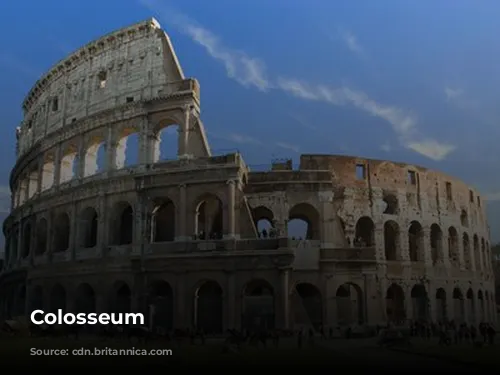
A Spectacular Stage for Ancient Entertainment
The Colosseum’s design incorporated ingenious features to ensure the comfort and safety of its spectators. A massive retractable velarium (awning) shielded the audience from the sun. Hundreds of Roman sailors were responsible for manipulating the complex rigging that extended and retracted this awning from masts secured to corbels built into the Colosseum’s top story. The Colosseum was the stage for thousands of thrilling events, including gladiatorial contests, animal hunts, and even mock naval battles, providing a glimpse into the dynamic and brutal entertainment enjoyed by the ancient Romans. However, the Colosseum’s role in the martyrdom of early Christians remains a subject of ongoing debate.
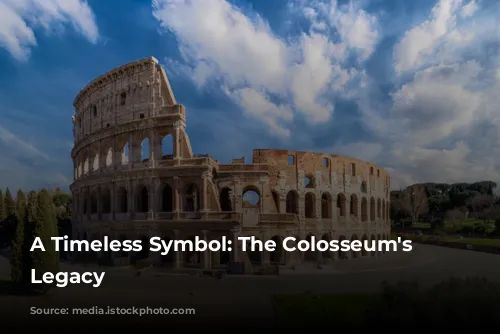
A Legacy of Restoration and Enduring Appeal
The Colosseum’s journey through time has been marked by both decay and renewal. In medieval times, the structure was repurposed as a church and then as a fortress for prominent Roman families, the Frangipane and the Annibaldi. However, the Colosseum suffered significant damage from lightning strikes, earthquakes, vandalism, and pollution, leading to the loss of its marble seats and decorative materials. For over a thousand years, it was treated little more than a quarry. Fortunately, preservation efforts began in earnest in the 19th century, with notable contributions from Pope Pius VIII, and continued with a comprehensive restoration project launched in the 1990s. Today, the Colosseum remains one of Rome’s most iconic attractions, attracting millions of visitors each year, who come to witness its historic grandeur and unparalleled architectural achievements. Regularly changing exhibitions exploring the culture of ancient Rome further enrich the visitor experience, ensuring that the Colosseum remains a living testament to the enduring legacy of the Roman Empire.
